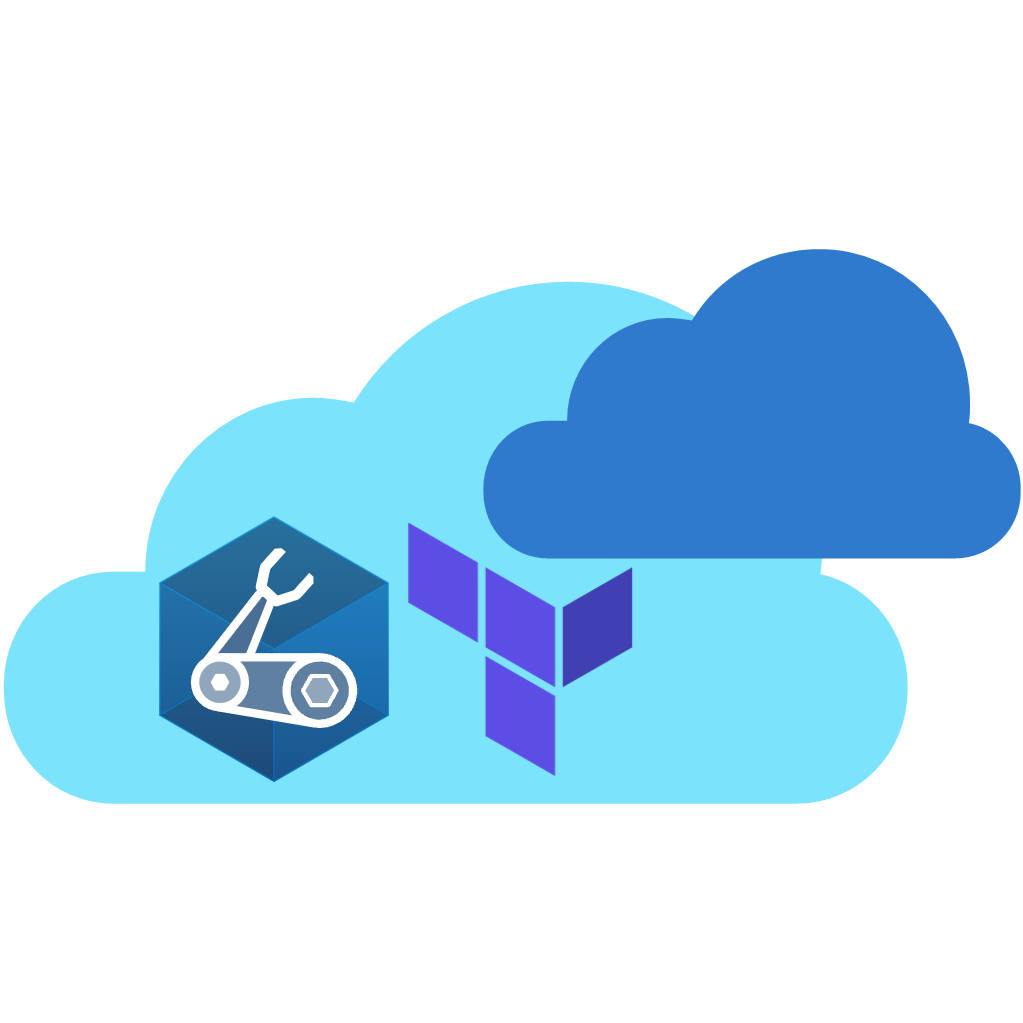BCPFR5 - Availability Zones Implementation
To implement requirement SFR5 , the following convention SHOULD apply:
In this case, the parameter should be implemented like
@description('Optional. The Availability Zones to place the resources in.')
@allowed([
1
2
3
])
param zones int[] = [
1
2
3
]
resource myResource (...) {
(...)
properties: {
(...)
zones: map(zones, zone => string(zone))
}
}
In this case, the parameter should be implemented using a singular-named zone parameter of type int like
BCPNFR17 - Code Styling - Type casting
To improve the usability of primitive module properties declared as strings, you SHOULD declare them using a type which better represents them, and apply any required casting in the module on behalf of the user.
BCPNFR5 - Role Assignments Role Definition Mapping Limits
As per BCPFR2 , module owners MAY define common RBAC Role Definition names and IDs within a variable to allow consumers to define a RBAC Role Definition by their name rather than their ID.
BCPNFR8 - Code Styling - lower camelCasing
Module owners SHOULD use lower camelCasing for naming the following:
- Parameters
- Variables
- Outputs
- User Defined Types
- Resources (symbolic names)
- Modules (symbolic names)
For example: camelCasingExample (lowercase first word (entirely), with capital of first letter of all other words and rest of word in lowercase)
PMNFR5 - Parameter/Variable Naming
Parameter/variable input names SHOULD contain the resource to which they pertain. E.g., virtualMachineSku/virtualmachine_sku
RMFR9 - End-of-life resource versions
When a given version of an Azure resource used in a resource module reaches its end-of-life (EOL) and is no longer supported by Microsoft, the module owner SHOULD ensure that:
RMNFR3 - RP Collaboration
Module owners (Microsoft FTEs) SHOULD reach out to the respective Resource Provider teams to build a partnership and collaboration on the modules creation, existence and long term maintenance.
Review this wiki page (Microsoft Internal) for more information.
SFR2 - WAF Aligned
Modules SHOULD set defaults in input parameters/variables to align to high priority/impact/severity recommendations, where appropriate and applicable, in the following frameworks and resources:
- Well-Architected Framework (WAF)
- Reliability Hub
- Azure Proactive Resiliency Library (APRL)
- Only Product Group (PG) verified
- Microsoft Defender for Cloud (MDFC)
They SHOULD NOT align to these recommendations when it requires an external dependency/resource to be deployed and configured and then associated to the resources in the module.
SNFR14 - Data Types
A module SHOULD use either: simple data types. e.g., string, int, bool.
OR
Complex data types (objects, arrays, maps) when the language-compliant schema is defined.
SNFR18 - Breaking Changes
A module SHOULD avoid breaking changes, e.g., deprecating inputs vs. removing. If you need to implement changes that cause a breaking change, the major version should be increased.
Modules that have not been released as1.0.0may introduce breaking changes, as explained in the previous ID SNFR17 . That means that you have to introduce non-breaking and breaking changes with a minor version jump, as long as the module has not reached version1.0.0.
There are, however, scenarios where you want to include breaking changes into a commit and not create a new major version. If you want to introduce breaking changes as part of a minor update, you can do so. In this case, it is essential to keep the change backward compatible, so that the existing code will continue to work. At a later point, another update can increase the major version and remove the code introduced for the backward compatibility.
